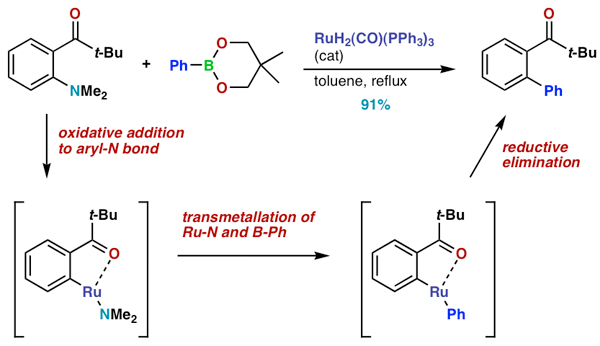Most of the people are aware of healthy benefits of broccoli but the active constituents which makes broccoli to possess anticancer property may not be well known., The anticancer effect of Selenium (Se)-enriched broccoli will be highlighted according to the work done by researcher from Gunma University, Japan (Abdulah, et al.).
As a member of Se-accumulator Brassica family, broccoli accumulates Se-methylselenocysteine as the major Se compound when it is germinated in Se-enriched media. Therefore, Se-enriched broccoli accumulates two active anticancer agents: sulforaphane and Se-methylselenocysteine. The anticancer property of Sulforaphane, belonging to isothiocyanates and Se-methylselenocysteine has already been reported (Nishikawa, et. al, and Kim et. al. respectively).
Recently, broccoli sprouts have received considerable attention, because they contain ten times more sulforaphane than broccoli florets. Many studies have shown that both cruciferous vegetables and selenium may reduce the incidence of prostate cancer.
References
1. Abdulah, R., Faried, A., Kobayashi, K., Yamazaki, C., Suradji, E. W., Ito, K., Suzuki, K., Murakami, M., Kuwano, H., Koyama, H. BMC Cancer, 2009, 9, 414.
2. Kim, T., Jung, U., Cho, D. Y., Chung, A.-S. Carcinogenesis, 2001, 22, 4, 559-565.
3. Nishikawa, T., Tsuno, N. H., Tsuchiya, T., Yoneyama, S., Yamada, J., Shuno, Y., Okaji, Y., Tanaka, J., Kitayama, J., Takahashi, K., Nagawa, H. Ann Surg Oncol. 2009, 16, 534–543.


